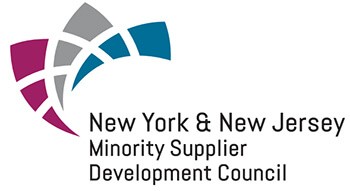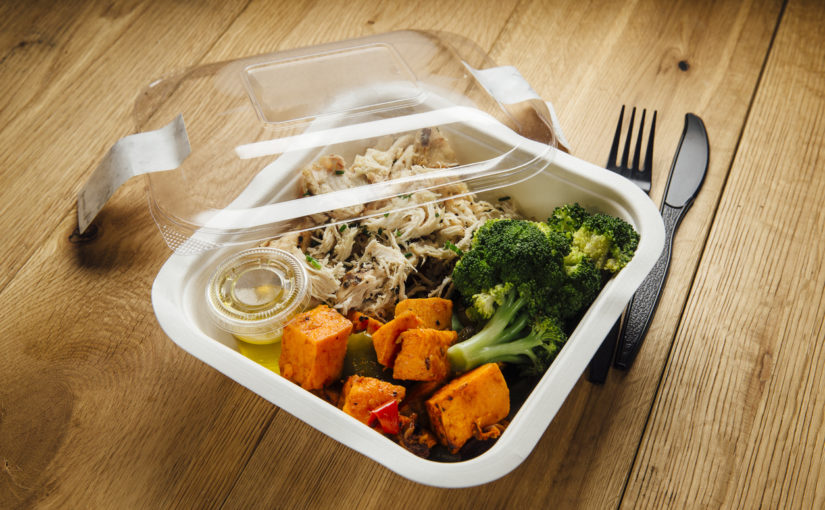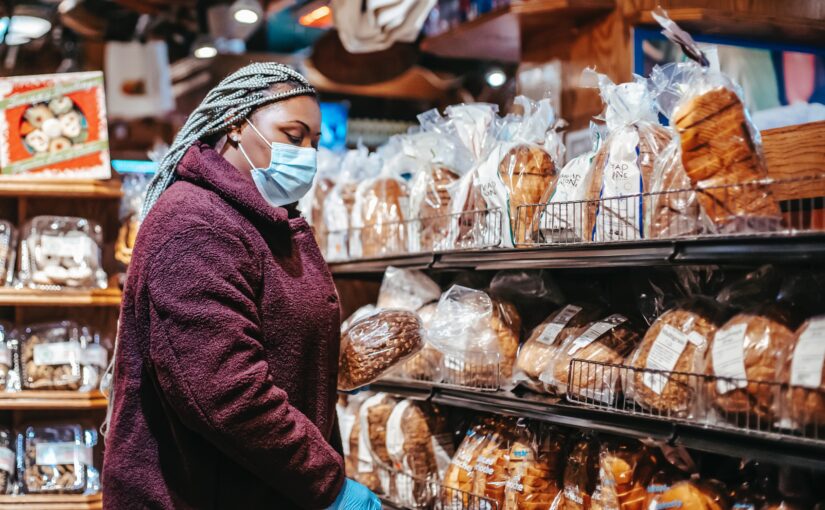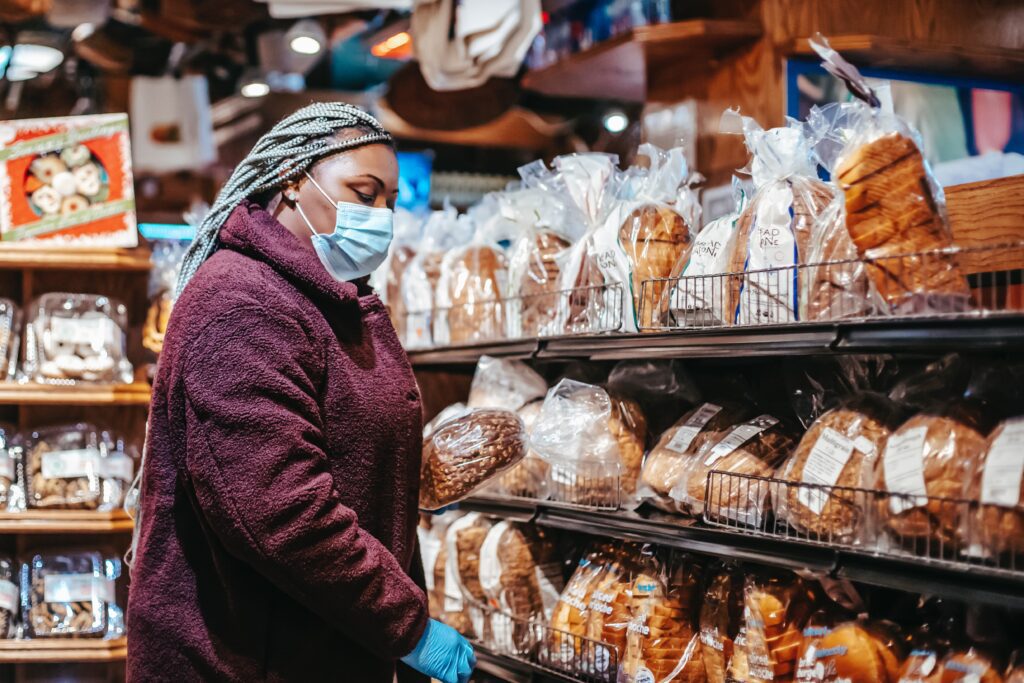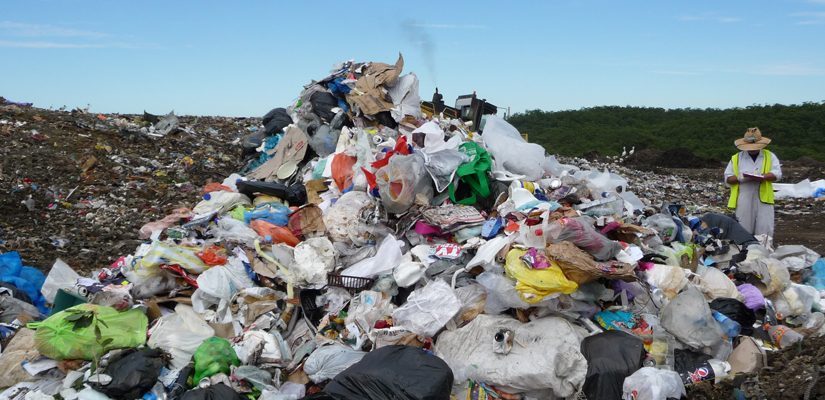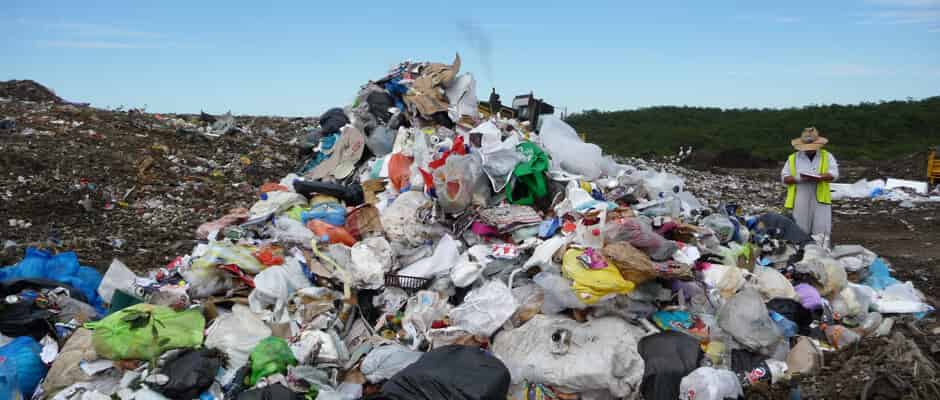When it comes to packaging, the advantages of using plastic are numerous.
First, it’s flexible and strong, which protects food from oxygen.
Second, it’s lightweight and easy to use, which helps save resources and cost.
Third, it’s convenient to use and store.
Let us look at the advantages of packing food material using plastic packaging bags.
Flexible packaging protects against oxygen
Flexible packaging is a low-cost structure that protects food from oxygen during transportation and distribution. It is also environmentally friendly, reducing waste during food distribution.
Without protective films, massive amounts of raw materials from farms are lost in the food supply chain. These films also protect minimally processed foods, like local farm products, from deterioration by the natural environment.
This type of packaging also helps to retain flavors and moisture. It uses high-barrier materials like aluminum foil and barrier coatings on films. It also offers more protection against tearing, enabling extended shelf life.
Strong, durable, lightweight
Strong, durable, lightweight plastic packaging bags are an excellent choice for a variety of uses. These plastic bags come in several styles, including stand-up pouches and gussets. Many also feature a reclosable or easy-opening feature.
Plastic packaging bags are made from a variety of plastic films, including polyethylene. Some also use laminates or co-extrusions to improve their physical properties. Most plastics used for single-use packaging are made from fossil fuels, although some have biodegradable additives.
Food packaging companies often choose a variety of types of plastic bags. One type is LDPE, or low-density polyethylene. This type of plastic is lightweight and has excellent clarity and a low density. It has been approved by the FDA as a food-grade plastic, and it is often used in fast food chains. It can also be heat-sealed, making it an ideal choice for food packaging.
Saves in both cost and material resources
Plastic packaging can save consumers money by extending the shelf life of food products. This can reduce food waste and eliminate the need to double-buy a product.
In fact, just one extra day of shelf life can save consumers as much as $800 million annually.
In addition, plastic packaging can increase the sell-by date of a product, reducing the amount of food that goes bad and wasting resources.
Another major benefit of using plastic packaging is its ability to help reduce our carbon footprint.
Since plastics are lightweight, they are easy to transport and use less land than other materials.
Unfortunately, increased use of plastic can lead to an increase in the amount of plastic that ends up in the environment.
According to the U.S. Environmental Protection Agency, more than one trillion plastic bags are used worldwide each year, and less than 10% of these are recycled. Furthermore, mismanaged plastics can have adverse impacts on marine ecosystems, wildlife and waterways.
Easy to use
There are many different types of easy-to-use plastic packaging bags available for food packaging.
These are generally low-density polyethylene bags that are gusseted at the top and bottom. They are also resealable, and come in a variety of thicknesses.
Many food banks rely on these bags to package their donated items because they are durable, light and malleable. This is crucial because the food banks rely heavily on the donations from businesses.
Unfortunately, some of these donated products are damaged or spoilt, which means more waste and additional work for the food bank employees.
Recyclable
If you are looking for a way to recycle your plastic bags, there are a variety of options available to you. First, you can check out recycling programs nationwide.
These programs accept everything from plastic food packaging to Swiffer pads, pens, and even baby food pouches.
Some states have also enacted legislation that requires businesses to use recyclable plastic bags. Connecticut, for example, has banned the sale of single-use plastic bags and expanded polystyrene containers.
The Bottom Line
In conclusion, using plastic packaging bags for food packaging has many advantages.
These include reducing the environmental impact of packaging, helping to protect food from moisture and pests, and providing a more sustainable product.
It is important to consider the benefits of using plastic packaging for specific foods before making a decision, and it is also possible to find environmentally friendly alternatives that may be more beneficial for the environment.
If you are looking for the premium quality plastic packaging bags, you can rely on iSellPackaging.
